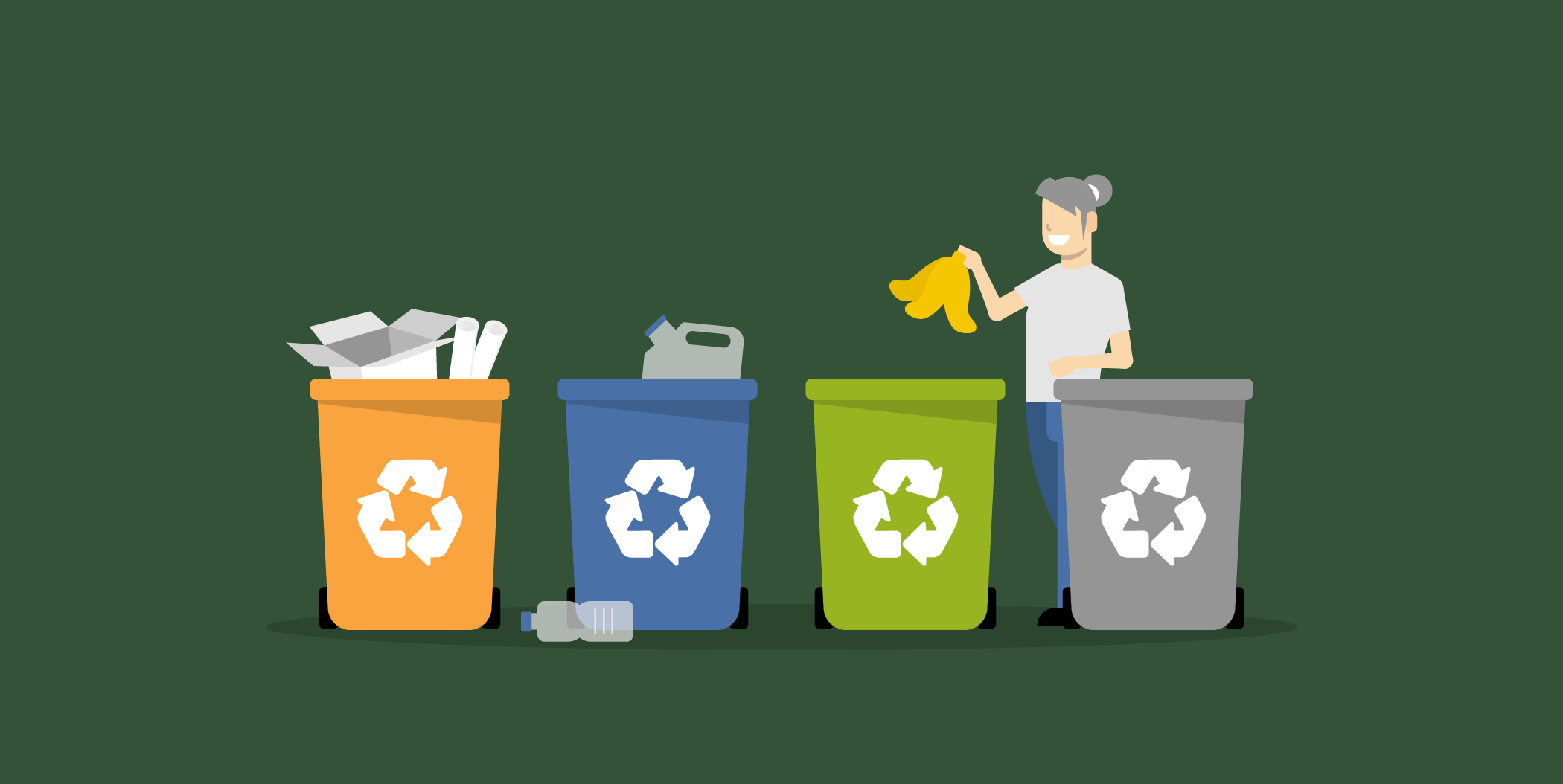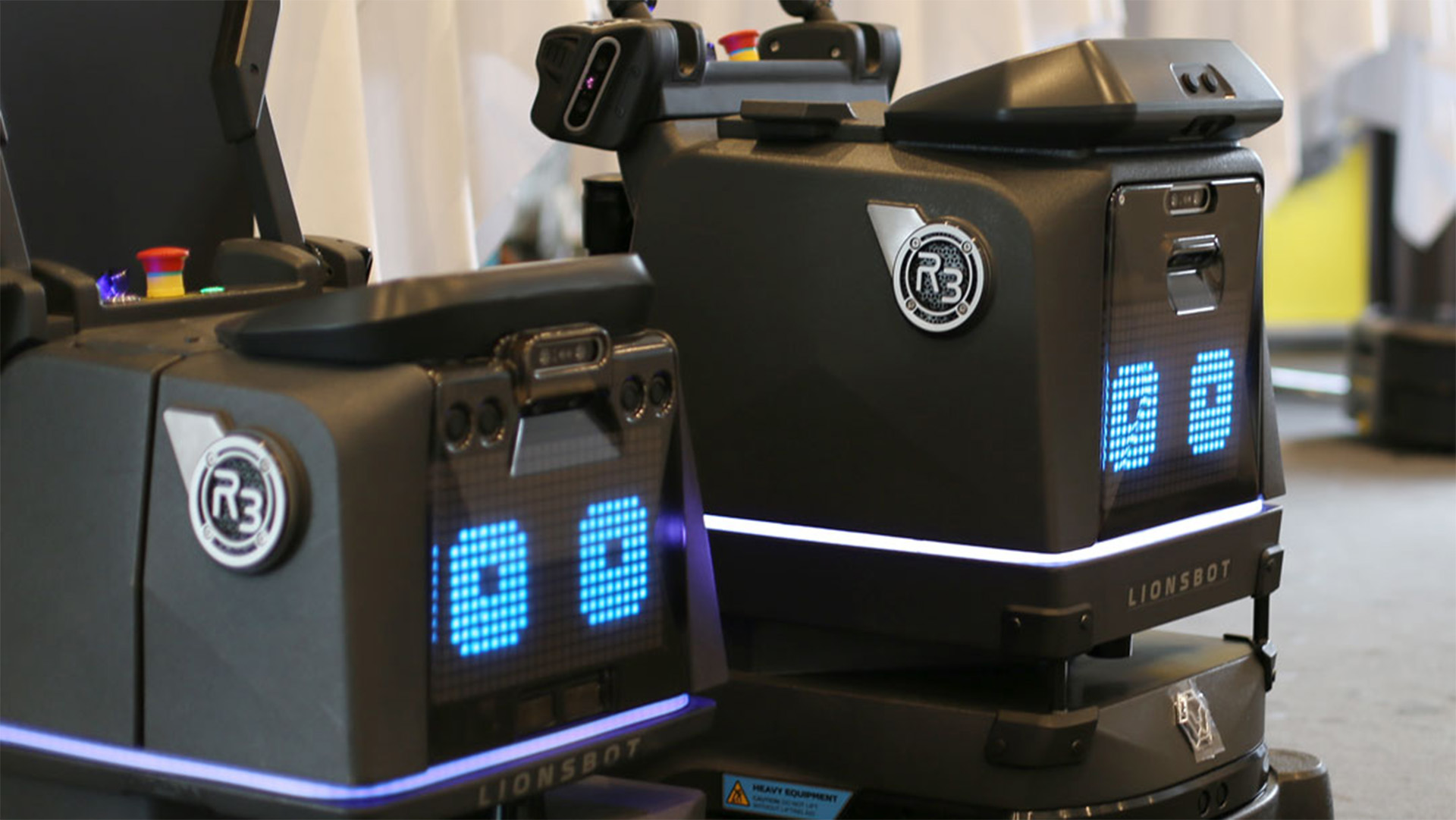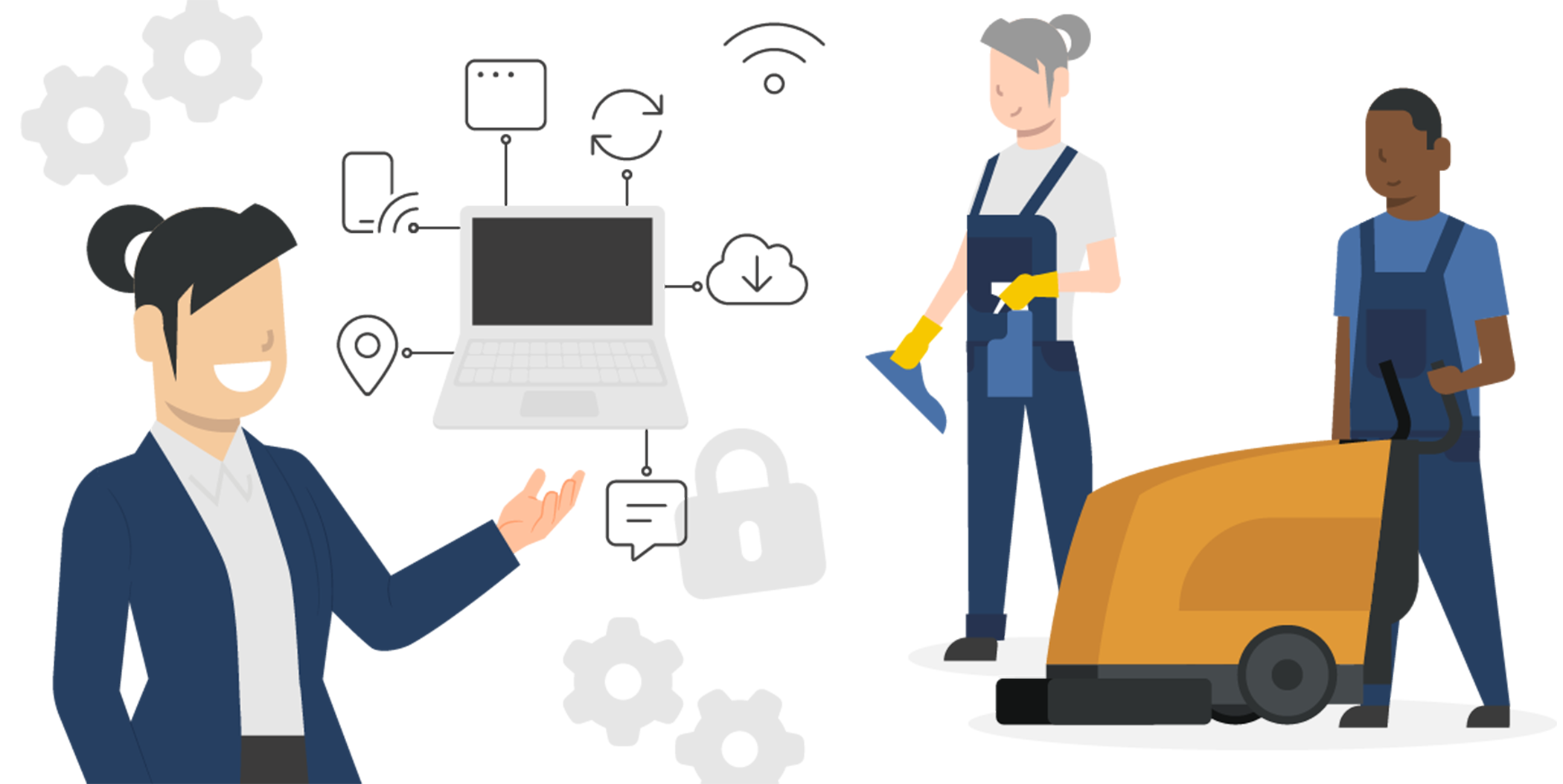The Cleaning Industry is facing a series of significant changes and trends in 2025. New laws, technological advancements, sustainability, health, and employee well-being are top factors that bring both challenges and opportunities. Here is a rundown of the 2025 trends so you can be ready for the future of cleaning.
New Legislations You Should Know
From 1 April 2025, the National Minimum Wage will rise by 6.7%, increasing the hourly rate to £12.21 for adults. Young workers will also benefit:
- 18–20-year-olds: A 16.3% increase to £10/hour.
- 16–17-year-olds: An 18% increase to £7.55/hour.
This change may necessitate adjustments to cleaning company budgets and possibly higher service prices to accommodate the increased payroll costs. Also, starting 31 March 2025, all workplaces in England will be required to separate waste under the Simpler Recycling legislation. Micro-firms will have until 2027 to comply. Non-compliance could result in enforcement actions, such as compliance notices. Cleaners may require additional time to manage multiple waste streams, potentially impacting scheduling. Read more about Simpler Recycling in our blog article, Your Cleaning Company’s Role in Simpler Recycling 2025.
How to Stay Ahead
1. New Minimum Wage
Adjust your cleaning company’s budget and service price if some of your cleaners are on minimum wage.
2. Waste Separation
Adjust the hours for your cleaners who empty waste because they might need more time if your clients incorporate waste separation.
Technological Innovation and Digital Transformation
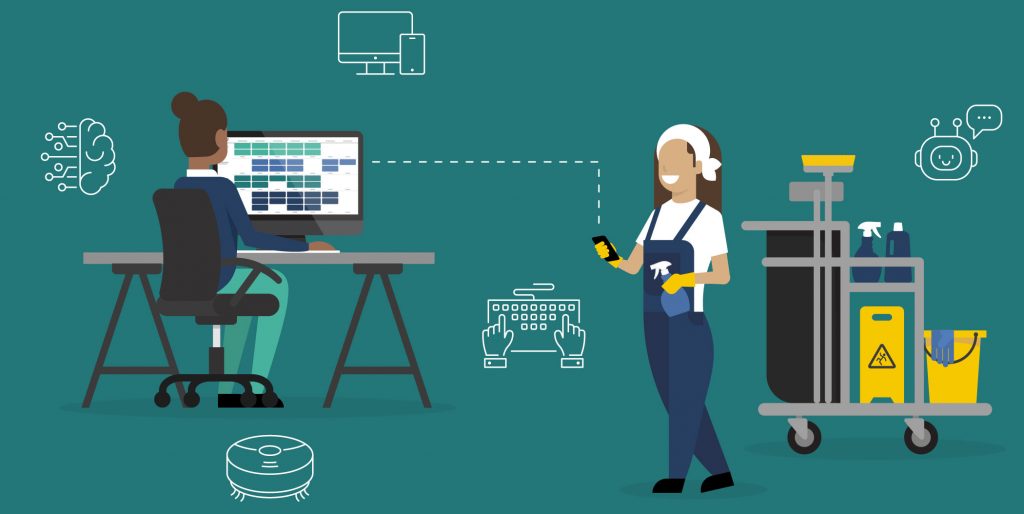
Digitalisation and automation provide cleaning companies with the opportunity to streamline workflows and reduce administrative burdens. Technologies such as autonomous cleaning robots and IoT sensors adapt tasks based on needs, while digital solutions like CleanManager simplify planning and documentation, ensuring transparency in your operations.
Cleaning Robots and Intelligent Machines
- Robotic Automation: Cleaning robots handle repetitive tasks, such as cleaning floors and windows, delivering consistent results and reducing manual labour.
- IoT Sensors: Enable demand-based cleaning schedules, optimising resource use in spaces like offices or restrooms.
These technologies not only save time but also address labour shortages by taking over manual tasks. Digital planning tools like CleanManager provide a better overview of tasks and resources, minimising stress and improving efficiency.
Smart Software Solutions
Digital tools simplify operations by centralising planning, client management, and documentation. Features like automated task tracking and transparent reporting reduce administrative workloads, allowing you to focus on delivering excellent services.
Because adapting to industry trends also means rethinking your software. Our blog on generic vs. tailored cleaning software shows how switching from free tools to tailored systems helps UK companies stay compliant, scalable, and competitive.
Emerging Technologies
- AI Systems: Monitor cleaning quality and optimise task planning.
- Drones: Provide quick and safe cleaning solutions for hard-to-reach areas like facades and rooftops.
If you want to learn more about technology and digitalisation in the cleaning industry, then read our articles Dusting Off the Cleaning Industry with Technology and Digitalisation and From Technology Scepticism to Success with Change Management.
How to Stay Ahead
1. Save Time with Automation
Use cleaning robots to handle repetitive tasks efficiently.
2. Enhance Clarity with Digital Planning
Simplify scheduling and resource management with tools like CleanManager.
3. Simplify Complex Tasks
Leverage AI and drones to manage challenging cleaning projects.
By adopting these measures, you can make your business more efficient and deliver even better results to your clients.
Sustainability as Your Competitive Advantage
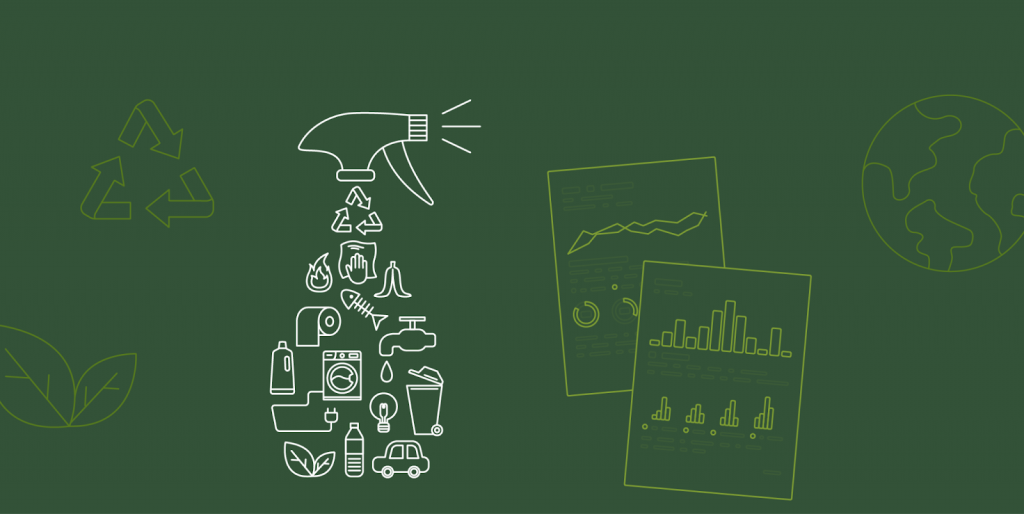
Non-Toxic and Biodegradable Products
Sustainability has become essential for today’s cleaning businesses and an essential part of the 2025 trends. Driven by regulations and growing demand for eco-friendly solutions, the market for green cleaning products is experiencing significant growth. The focus is on biodegradable and non-toxic cleaning agents that reduce environmental and health impacts.
Certified products carrying the EU Eco label (EU Flower) or other ISO Type I eco-labels meet strict criteria, excluding harmful substances such as microplastics, phosphates, and triclosan. These solutions ensure accountability and compliance with both client expectations and legal requirements.
Resource-Efficient Technologies
Resource-efficient technologies play a central role in the transition to sustainability. Microfibre technologies significantly reduce water and energy consumption, making cleaning processes more efficient and environmentally friendly. At the same time, energy-efficient machines with A-rated energy classifications and advanced battery technology are becoming standard in the industry. These innovations help your business conserve resources and lower operating costs.
Reuse and Recycle
Adopting closed-loop systems that enable the reuse or recycling of cleaning products and packaging are also an important factor when pursuing sustainable goals. These initiatives help your business minimise waste and the costs thereof, and it can attract environmentally conscious clients.
Environmental sustainable is a giant landscape with a range of possibilities and also a regulated field where larger companies report a GHG account annually. This account of CO2 emissions can become relevant if your clients report these. If you want to learn more about environmental initiatives and reporting on them, then our articles Cleaning with a Conscience: Uncovering Environmental Sustainability and A Quick Crafting-Guide for the GHG Account and Green Cleaning Practices can help you.
How to Stay Ahead
1. Choose Eco-Friendly Products
Use certified green cleaning products to meet regulatory and client expectations.
2. Invest in Efficient Technology
Implement microfibre tools and energy-efficient equipment to conserve water, reduce energy usage, and lower operational costs.
3. Reuse and Recycle
Introduce systems for reusing and recycling cleaning supplies.
Meeting the Health and Safety Demands in 2025
Hygiene and air quality are now top priorities due to heightened awareness from global health concerns like COVID-19. Clients increasingly seek cleaning services that prioritise their health and safety.
Key Measures:
- Air Purification Systems: Incorporate air-purifying technologies to improve indoor air quality.
- Disinfection Services: Emphasise safety and quality through effective disinfection practices.
How to Stay Ahead
1. Incorporate Air Purification
Offer services that meet client health needs.
2. Prioritise Disinfection
Highlight your commitment to safety with high-quality disinfection solutions.
Recruitment and Employee Well-Being: The Key to Success
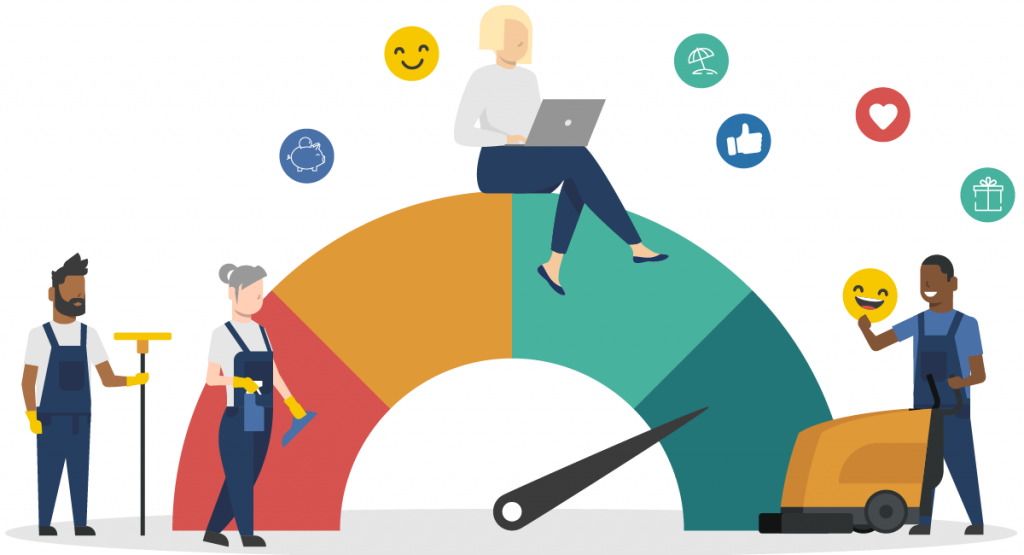
Labour shortages remain a pressing issue, with up to 60% of cleaning companies unable to fulfil contracts due to insufficient staff, according to Policy Bee. The new Employment Rights Bill, expected in 2025, aims to address worker protections:
- Parental leave, sick pay, and unfair dismissal protection will apply from day one.
- Controversial practices like zero-hour contracts and ‘fire and rehire’ will be banned.
To retain and attract skilled workers, businesses, and managers must invest in further education, flexible work models, and competitive wages. Ergonomic tools and the automation of routine tasks not only improve employee satisfaction but also free up time for more complex responsibilities.
To support your staff and adhere to the well-being of your employees, cleaning robots can assist with demanding tasks, allowing employees to focus on more engaging work. Moreover, adopting advanced technologies like cleaning robots can help attract new employees while making your company more appealing to applicants interested in innovation and cleaning technology.
How to Stay Ahead
1. Attract Talent
Offer flexible hours, training opportunities, and competitive pay.
2. Support Staff with Technology
Use cleaning robots to ease the burden of demanding tasks.
3. Improve Workplace Conditions
Invest in ergonomic tools and smarter workflows to boost morale and productivity.
The Future Cleaning Service is Greener and Smarter
2025 promises to be a pivotal year for the cleaning industry. Adapting to the 2025 trends of new laws, prioritising sustainability, and embracing technological advancements are key steps to staying competitive.
To prepare your business for 2025 and its trends, you should:
- Follow laws and regulations: Prepare budget for the wage increase and service regarding waste regulations.
- Invest in Technology: Take advantage of cleaning robots and digital solutions like CleanManager to streamline workflows and improve overall oversight.
- Focus on Sustainability: Choose eco-labelled products and energy-efficient machines to minimise your company’s environmental footprint.
- Enhance Employee Well-Being: Create an appealing work environment by offering further training, flexible working conditions, and ergonomic tools to attract and retain employees.
By taking these steps, you can position your business as a leader in a rapidly evolving industry. Tools like CleanManager and a forward-thinking strategy will ensure your success in 2025 and beyond.

